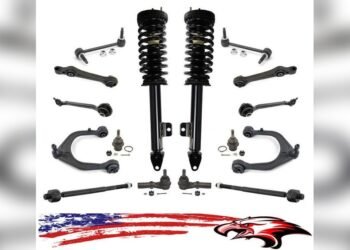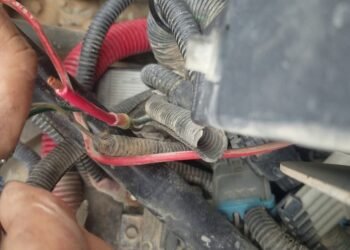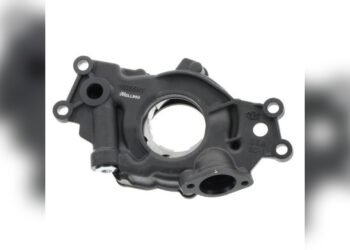Is your Honda Civic’s AC not working? This problem can be frustrating, especially during hot weather.
Let’s explore common reasons why your AC might fail and what you can do about it. The Honda Civic is known for its reliability, but even the best cars can have issues. One common problem many Civic owners face is a malfunctioning air conditioning system.
When your AC stops working, it can make driving uncomfortable and even unbearable. Understanding the possible causes can help you diagnose and fix the problem. From low refrigerant levels to faulty compressors, many factors can affect your car’s AC performance. In this blog, we will discuss the most common reasons for AC failure in a Honda Civic and offer some practical solutions to get it working again. Stay cool and read on to find out more!
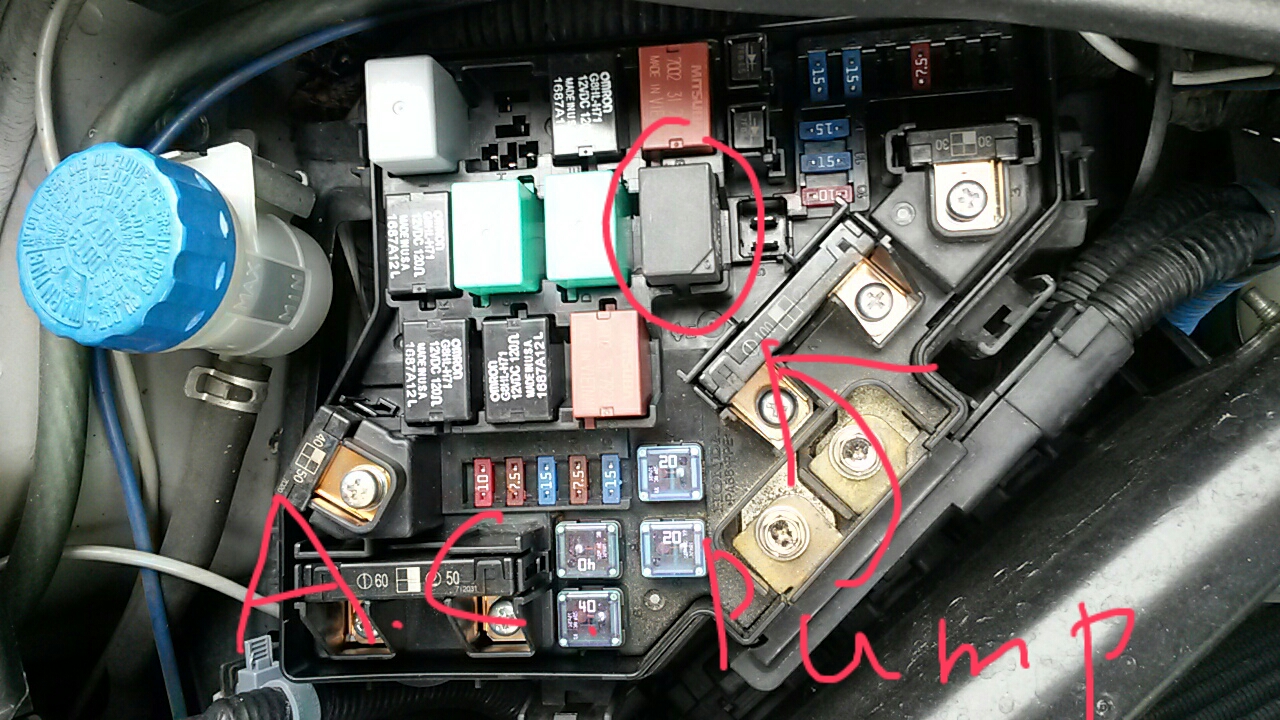
Credit: honda-tech.com
Common Ac Issues
The Honda Civic is a reliable car, but its AC can have problems. Several common issues affect its performance. In this section, we will discuss two main problems: blowing warm air and weak airflow.
Blowing Warm Air
One of the most frustrating issues is when the AC blows warm air. This can be due to several reasons:
- Low refrigerant levels: The refrigerant is essential for cooling. Low levels mean warm air.
- Faulty compressor: The compressor circulates the refrigerant. If it fails, the AC will not cool.
- Leaking refrigerant: A leak can cause refrigerant levels to drop. This results in warm air.
Weak Airflow
Another common problem is weak airflow from the vents. This can make the cabin uncomfortable. Possible causes include:
- Clogged air filters: Dirty filters block airflow. Regular replacement is necessary.
- Faulty blower motor: The blower motor pushes air through the vents. A malfunction can reduce airflow.
- Blocked vents: Objects or debris can block the vents. This restricts air circulation.
Addressing these issues promptly ensures a comfortable ride. Regular maintenance can help prevent these problems.
Checking The Ac Fuse
Experiencing issues with your Honda Civic’s AC system can be frustrating. One of the first steps to troubleshoot the problem is to check the AC fuse. This simple check can determine if a blown fuse is causing the AC to malfunction. Follow these steps to inspect the AC fuse in your Honda Civic.
Locating The Fuse Box
The fuse box in a Honda Civic is usually found in two places. First, check under the dashboard on the driver’s side. You might need to remove a cover to access the fuses. Second, look under the hood near the battery. This box is larger and holds more fuses.
Inspecting The Fuse
Once you locate the fuse box, find the fuse diagram. This diagram helps you identify the AC fuse. Pull out the AC fuse with a fuse puller or needle-nose pliers. Inspect the fuse for a broken wire or a dark, burnt appearance. If the fuse appears damaged, replace it with a new one of the same rating.
After replacing the fuse, start your car and turn on the AC. If the AC works, you’ve solved the problem. If it doesn’t, there might be another issue. Consider consulting a professional for further diagnosis.
Examining The Ac Compressor
If your Honda Civic’s AC is not working, the compressor might be the issue. The AC compressor is essential for cooling your car. It compresses the refrigerant and circulates it through the system. Understanding and diagnosing compressor issues can help you resolve your AC problems.
Compressor Noise
Unusual noises can indicate compressor issues. Start by listening for any strange sounds. Common noises include:
- Grinding: This could signal worn-out components.
- Squealing: A sign that the compressor belt is loose or worn.
- Clicking: Could mean the compressor clutch is engaging and disengaging frequently.
If you hear any of these noises, it is best to have a mechanic inspect your compressor. Ignoring these sounds can lead to more expensive repairs.
Compressor Clutch Engagement
The compressor clutch is crucial for the compressor’s operation. It engages and disengages to control the refrigerant flow. To check the clutch:
- Turn on the AC and set it to the coldest setting.
- Open the hood and locate the compressor.
- Observe if the clutch is engaging. You should see it spinning.
If the clutch is not engaging, it could be due to:
- Electrical issues: Check the wiring and fuses.
- Low refrigerant levels: This can prevent the clutch from engaging.
- Faulty clutch: The clutch itself might be defective.
Addressing these issues can restore your AC’s functionality. If unsure, consult a professional.
Refrigerant Levels
The refrigerant in your Honda Civic’s AC system plays a crucial role. It absorbs and releases heat to keep your car cool. If the refrigerant levels are low, your AC may not work properly. Understanding the signs of low refrigerant and knowing how to recharge the system can help you maintain a comfortable ride.
Signs Of Low Refrigerant
Low refrigerant can cause several issues in your AC system. Here are some common signs:
- Weak airflow: The air from the vents is not as strong.
- Warm air: The AC blows warm or hot air instead of cold.
- Strange noises: You hear a hissing or bubbling sound from the AC.
- Frost on the AC lines: Ice or frost forms on the AC components.
Recharging The System
If you notice any of the above signs, your AC may need a recharge. Here are the steps to recharge the system:
- Buy a refrigerant recharge kit: These kits are available at auto parts stores.
- Locate the low-pressure port: It is usually on the larger of the two AC lines.
- Attach the recharge hose: Connect the hose to the low-pressure port.
- Start the engine: Turn the AC to the highest setting.
- Add the refrigerant: Follow the instructions on the kit to add the refrigerant.
- Check the gauge: Ensure the pressure is within the recommended range.
- Disconnect the hose: Remove the hose and close the port.
Recharging your AC can improve its performance. Always follow safety instructions when handling refrigerant. If unsure, seek help from a professional mechanic.
Inspecting The Ac Condenser
If your Honda Civic’s AC is not working, the AC condenser might be the culprit. The condenser is crucial for cooling the air. It releases heat from the refrigerant. Start with a thorough inspection of the AC condenser.
Physical Damage
Inspect the AC condenser for physical damage. Look for dents, bends, or cracks. Even small damage can affect performance. Use a flashlight to inspect it closely. Ensure all fins are straight and free from damage.
Blockages And Debris
Blockages and debris can hinder the AC condenser. Check for leaves, dirt, or other debris stuck in the fins. Use a soft brush or compressed air to clean it. Do not use high pressure; it can damage the fins. Regular cleaning prevents blockages and ensures optimal performance.
Ac Pressure Switch
The AC Pressure Switch in your Honda Civic plays a vital role. It ensures your air conditioning system operates smoothly. If your AC isn’t working, the pressure switch might be the culprit. Let’s dive into its function and how to test it.
Function Of Pressure Switch
The AC Pressure Switch monitors the refrigerant pressure levels. It protects the AC system from damage. When pressure is too high or too low, the switch turns off the compressor. This prevents potential damage to the system.
There are two types of pressure switches:
- High-Pressure Switch: Activates if the pressure is too high.
- Low-Pressure Switch: Activates if the pressure is too low.
Both types ensure the AC system operates within safe pressure limits. This maintains efficiency and prevents damage.
Testing The Switch
Testing the AC Pressure Switch requires a few tools:
- Multimeter
- Pressure gauge
- Service manual
Follow these steps to test the switch:
- Turn off the engine and disconnect the battery.
- Locate the pressure switch. Refer to the service manual for its location.
- Use the pressure gauge to check refrigerant levels.
- If levels are normal, use the multimeter to test the switch’s electrical continuity.
- Replace the switch if there is no continuity.
Testing ensures the switch functions correctly. It helps diagnose why your Honda Civic AC isn’t working.
Blower Motor Issues
Experiencing issues with your Honda Civic’s air conditioning? The problem could be with the blower motor. The blower motor is crucial for circulating air through the vents. If it fails, your AC may not work properly. Below, we explore common blower motor issues, including motor sounds and fan speed control.
Motor Sounds
Strange sounds from the blower motor can indicate a problem. These sounds can be:
- Grinding – This may suggest worn-out bearings.
- Squeaking – Often caused by a loose belt or debris.
- Rattling – Could be something stuck in the motor.
These sounds should not be ignored. They often point to underlying issues that need immediate attention.
Fan Speed Control
Another sign of blower motor problems is issues with fan speed control. You might notice:
- The fan only works on certain speeds.
- Speed settings do not change the airflow.
- The fan does not blow air at all.
These problems usually stem from a faulty resistor or relay. Sometimes, the issue can be with the blower motor itself.
To diagnose these issues, check the following:
| Component | Possible Issue | Solution |
|---|---|---|
| Resistor | Burnt-out resistor | Replace resistor |
| Relay | Faulty relay switch | Replace relay |
| Blower Motor | Motor failure | Replace blower motor |
Regular maintenance can help avoid these issues. Clean the motor and check components often to ensure everything works as it should.
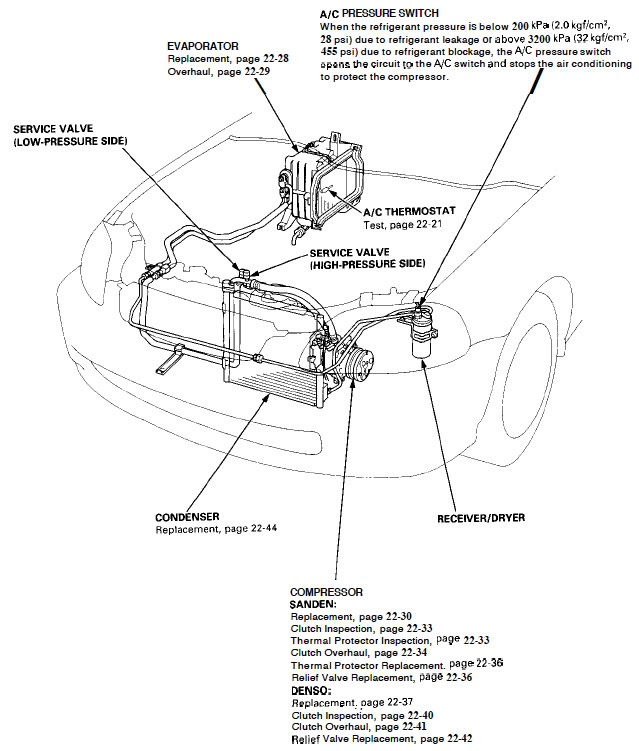
Credit: www.hondacivicforum.com
Electrical Problems
Electrical problems can often cause your Honda Civic’s AC to stop working. These issues can be tricky to diagnose. But understanding the common electrical faults can help. Let’s dive into two key areas: wiring and connections, and control module malfunctions.
Wiring And Connections
Wiring issues can disrupt your AC system. Faulty wires can cut the power. This stops the AC from functioning. Check for any damaged or loose wires. Look under the hood and inside the car. Make sure all connections are secure. A simple fix like this can sometimes solve the problem. If unsure, consult a technician.
Control Module Malfunctions
The control module is like the brain of your AC. It manages the entire system. Sometimes, these modules fail. This can stop the AC from working. Symptoms can include erratic cooling or no cooling at all. Diagnosing a malfunctioning control module requires special tools. A professional mechanic can help with this. They can test and replace the control module if needed.

Credit: www.youtube.com
Frequently Asked Questions
Why Is My Honda Civic Ac Not Blowing Cold Air?
Your AC might have low refrigerant levels. Check for leaks or recharge the system.
How Can I Fix My Honda Civic Ac Problem?
Check the refrigerant level, inspect the compressor, and clean or replace the air filters.
What Are Common Honda Civic Ac Issues?
Common issues include low refrigerant, faulty compressor, clogged filters, and electrical problems.
How Much Does It Cost To Repair Honda Civic Ac?
Repair costs vary. Simple fixes like recharging refrigerant may cost $100-$300. Major repairs could be more.
Can I Drive My Honda Civic With A Broken Ac?
Yes, but it will be uncomfortable, especially in hot weather. It’s best to fix the AC soon.
Conclusion
Fixing your Honda Civic’s AC may seem daunting, but it’s manageable. Start by checking the basics like refrigerant levels and fuses. Inspect the compressor and belts for wear. Regular maintenance can prevent many issues. If problems persist, a professional mechanic can help.
Keep cool and enjoy your drive. Safe travels!


